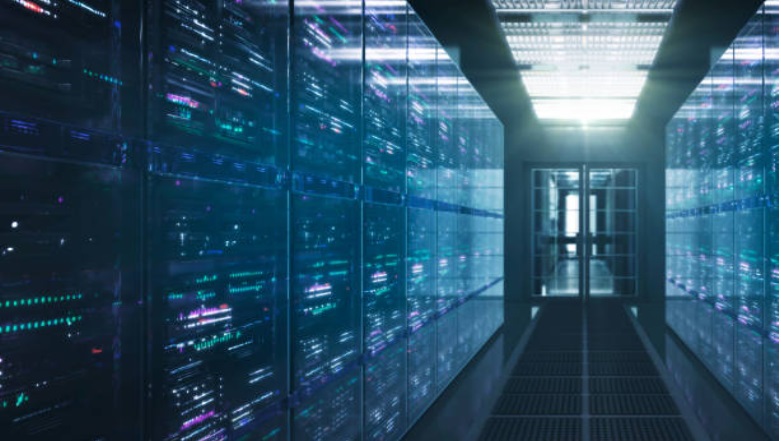 AI
AI
 AI
AI
 AI
AI
Bob Muglia has a keen eye for technologies in the modern data stack. After growing Microsoft Corp.’s Enterprise Division into a $14 billion business more than a decade ago, he positioned Snowflake Inc. for an IPO that remains the largest debut of an enterprise software company in history.
This experience has given Muglia, now an advisor and author of “The Datapreneurs: The Promise of AI and the Creators Building Our Future,” a fresh perspective on how the data platform has evolved into an application platform and what this will ultimately mean for major players in the database ecosystem.
“The platforms are maturing, each one of them is different,” Muglia said. “These are superclouds that are sort of being put together, the data clouds are definitely platforms on their own.”
Muglia spoke with Shelly Kramer, managing director and principal analyst at theCUBE Research, and George Gilbert, senior analyst at theCUBE Research, in an episode of “The Road to Intelligent Data Apps” podcast, theCUBE’s continuing conversation about the Sixth Data Platform, an emerging framework where the leading vendors are Databricks, Snowflake, AWS, Azure and Google. They discussed how evolving technologies will shape the future of intelligent data apps.
In previous conversations with analysts at SiliconANGLE, and in Kramer’s own summary of her discussion with the former Snowflake CEO, Muglia noted that while data lakes were maturing, there remained a lack of consistent governance. As data is added, the transaction consistency model needs to be effective in examining data from a file view and a table view.
The issue is that although the industry is used to working with tables, the technology does not provide an effective structure for storing semantics, the meaning behind data and relationships between entities. Users need something more granular, and this is where Muglia believes the relational knowledge graph can provide a better solution. He is currently a board member for RelationalAI Inc., provider of an AI coprocessor based on knowledge graph technology.
“I continue to believe that the industry needs a solution for a knowledge graph database,” Muglia said. “Database semantics that we need for the semantic layer just don’t exist in the modern data stack. When we have that I think these solutions will begin to emerge much more rapidly.”
There is also the problem of incompatibility between data lakes. The three most popular standards for data lakehouse architecture are Apache Hudi, Delta Lake, which is used by Databricks, and Apache Iceberg, the open-source format of choice for Snowflake and Google. All use different structures for table management.
“What we have right now is a little bit of a ‘Beta versus VHS’ situation in terms of the fact that customers are putting their data into a given type of data lake,” Muglia said. “The metadata that turns these files into tables is all different in its structure. It means that these systems don’t work together the way they should.”
One potential solution is XTable, an open-source lightweight translation layer which was accepted as an Apache Software Foundation incubating project in April. XTable allows users to seamlessly translate metadata between the source and target table formats without the headache of rewriting or duplicating data files.
“That allows you to have data in one of these formats like Delta or Iceberg and then it will convert it to another format so it can be used by a different vendor,” Muglia explained. “It’s unclear right now whether that’s going to solve the problem or not. It is a mess for customers, this is an unfortunate situation right now.”
Muglia believes that the future of data apps will be tied to a shift from a code-first approach to a model-driven framework. Incorporating database semantics in the modern stack has gained more urgency over the past year with an explosion of artificial intelligence use cases.
“A language model is not a genie or something, it can’t find out things out of thin air,” Muglia said. “If you have a business term that you use in your company that doesn’t have generally accepted meaning to other customers, that must be defined somehow in order to have the large language model do the right thing. It ultimately needs to be expressed inside these semantic models.”
Among the major data platforms, Muglia was intrigued by Microsoft’s position, as the company looks to capitalize on the launch of its Fabric unified analytics solution that leverages Azure Data Factory, Azure Synapse Analytics and Microsoft Power BI.
“I think they are the 800-pound gorilla in the room to be honest with you,” said Muglia. “They’ve built a good product in Fabric. They’ve not released Power BI Copilot yet. It will be really interesting to see what they do there.”
Against this backdrop of maneuvering by the major data platforms is a growing need to make AI useful. Adoption of the relational knowledge graph may go a long way towards proving AI’s value, according to Muglia.
“There is some risk that relational AI will be a great proof of concept but will never be a product that will actually solve problems,” he said. “In my heart of hearts, I believe this is where the world has to go.”
Here is the complete conversation, part of the “Road to Intelligent Data Apps” series:
Support our mission to keep content open and free by engaging with theCUBE community. Join theCUBE’s Alumni Trust Network, where technology leaders connect, share intelligence and create opportunities.
Founded by tech visionaries John Furrier and Dave Vellante, SiliconANGLE Media has built a dynamic ecosystem of industry-leading digital media brands that reach 15+ million elite tech professionals. Our new proprietary theCUBE AI Video Cloud is breaking ground in audience interaction, leveraging theCUBEai.com neural network to help technology companies make data-driven decisions and stay at the forefront of industry conversations.